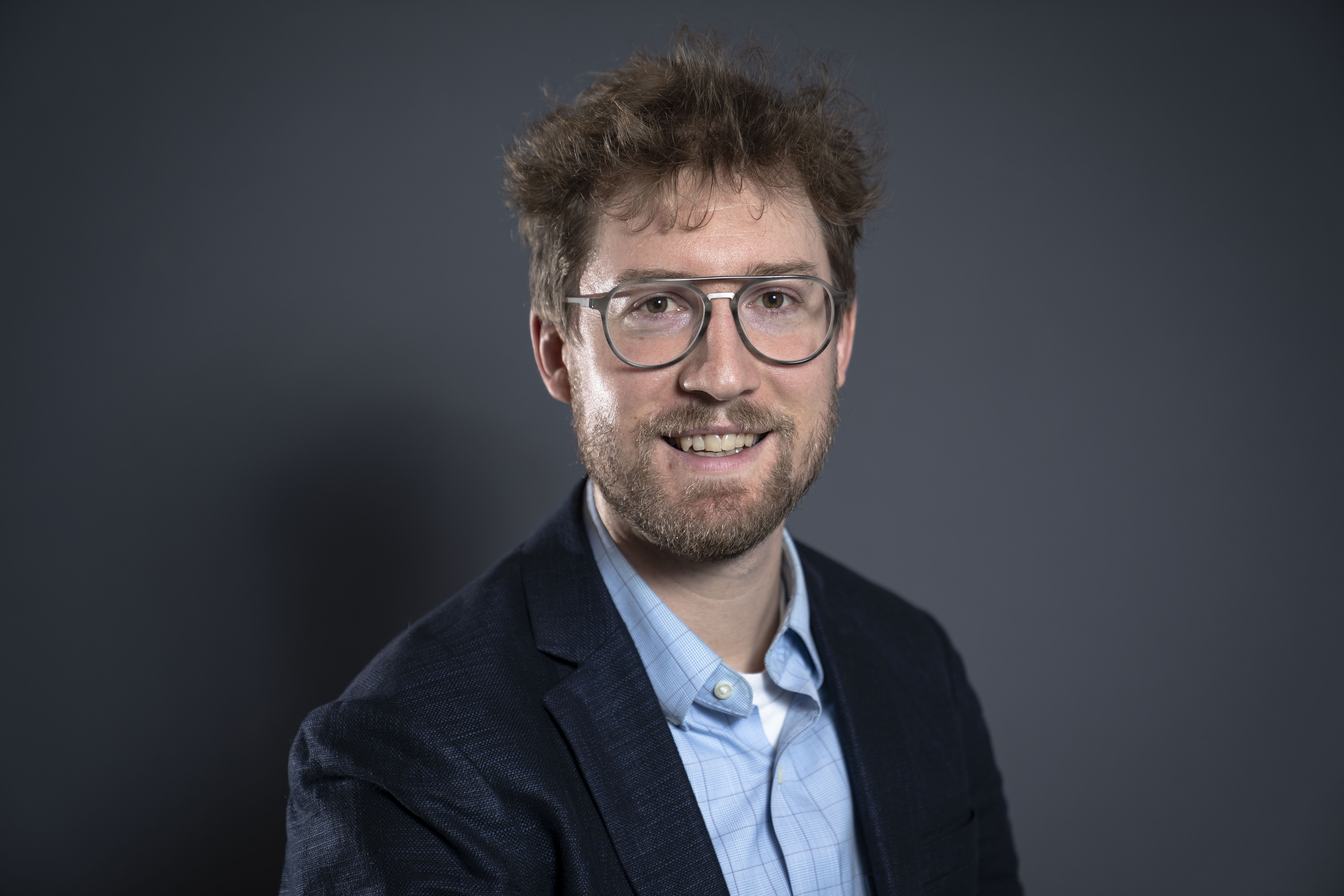Denys Grombacher
Research leader

Project title
Finding drinking water in data-poor regions
What is your project about?
Roughly 800 million people currently lack access to basic drinking water services, with many of these people being dependent on water sources at high risk of contamination. In many cases, groundwater represents an attractive solution to meeting their daily water needs, as it is often at lower contamination risk than surface water. But locating groundwater sources can often be difficult, particularly in data-poor regions where one has little to no pre-existing knowledge of local groundwater systems. The unfortunate reality is that it is common to drill wells that fail to intercept safe drinking water sources in these settings. The goal of this project is to provide a cost-efficient rapid mapping tool capable of enhancing the likelihood of drilling a successful well in data-poor regions. To do this, I will develop novel imaging methodologies for the surface nuclear magnetic resonance (NMR) technique, a non-invasive technology capable of imaging groundwater systems entirely from the ground surface. The goal is that surface NMR measurements can be performed at potential drilling sites prior to drilling in order to enhance confidence that groundwater sources are present.
How did you become interested in your particular field of research?
I became interested in geophysics because it lets me to travel to exciting places I likely wouldn’t have the opportunity to go to otherwise. I get to work on physics-based problems, but in a hands-on setting where I get an opportunity to build instruments and test them in the field. I’ve really enjoyed working in a dynamic research setting that requires numerical modelling, instrumentation development, and field-work.
What are the scientific challenges and perspectives in your project?
The biggest challenge in this project will be to ensure that high-resolution images of the subsurface can still be produced by the proposed pulse sequences. These sequences offer potentially significant enhancements in signal quality, but to be of value they must also deliver high-resolution images. A second challenge will be whether strong links to groundwater flow can be extracted from the surface nuclear magnetic resonance method. If it can be demonstrated that robust links to groundwater flow exist it will provide valuable inputs into data-driven workflows for the sustainable management of groundwater resources.
What is your estimate of the impact, which your project may have to society in the long term?
The proposed imaging approach could deliver a cost-efficient rapid mapping tool capable of enhancing the confidence that groundwater is present at a particular site prior to drilling. This has great potential to enhance the likelihood that successful wells are drilled in data-poor environments. A rapid groundwater mapping tool, like surface nuclear magnetic resonance, will also be a valuable complement to other groundwater mapping tools. It will help constrain groundwater models that forecast the behavior of groundwater systems and provide valuable inputs to improve data-driven sustainable management practices for groundwater resources.
Which impact do you expect the Sapere Aude programme will have on your career as a researcher?
The Sapere Aude program will give me the opportunity to assemble the team of researchers needed to pursue my goals of developing tools that can help solve water issues facing the developing world. It will provide the resources required to build novel instrumentation, perform field validation studies, as well as to deploy the technology in several African campaigns where I will be given the opportunity to directly demonstrate the value that this type of technology can bring to well-location workflows in data-poor regions.
Background and personal life
I grew up in Edmonton, Canada and spent most of my time playing hockey, fishing, or snowboarding. I got my B.Sc. in Honors Astrophysics at the University of Alberta in Canada. After a couple semesters working in laser labs as an undergraduate, I decided I wanted to work outside more so I switched to geophysics. I got my PhD in Geophysics at Stanford University, where I focused on the use of nuclear magnetic resonance for groundwater characterization. I moved to Aarhus in 2016 to begin my postdoctoral research, and have been in Aarhus ever since, where I live with my wife and 3-year old daughter.
View all research leaders here
Research institution
Aarhus University, Department of Geoscience
Research field
Hydrogeophysics
City of your current residence
Aarhus
High school
Beaumont Composite High School, Alberta, Canada
